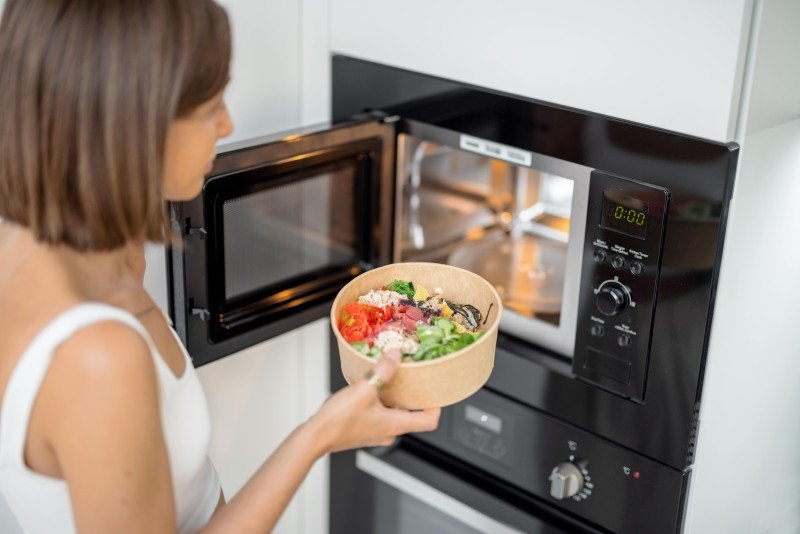Understanding Hobs and Ovens: The Essential Kitchen Appliances
In the world of kitchen home appliances, couple of products are as important as hobs and ovens. These appliances form the backbone of culinary activities, enabling individuals to develop everything from basic meals to elaborate feasts. Comprehending the differences, types, and performances of hobs and ovens can significantly improve one's cooking experience. This post looks into the intricacies of hobs and ovens, offering insights that cater to both newbie and experienced cooks.
What Is a Hob?
A hob, typically referred to as a cooktop or range top, is the flat surface area on which pots and pans are positioned for cooking. Hobs are geared up with heating elements that produce the required heat for cooking food. They can be found in different forms, consisting of gas, electric, induction, and ceramic options. Each type provides distinct advantages and drawbacks.
Types of Hobs
Gas Hobs:
- Heat Source: Natural gas or propane.
- Advantages: Instant heat control and responsiveness, preferred by numerous chefs for exact cooking.
- Downsides: Requires a gas connection and can be less energy-efficient.
Electric Hobs:
- Heat Source: Electric coils or smooth glass-ceramic surfaces.
- Benefits: Generally easier to clean up, even heating, and commonly offered.
- Downsides: Slower to warm up and cool down compared to gas.
Induction Hobs:
- Heat Source: Electromagnetic currents.
- Advantages: Quick heating, energy-efficient, and only heats up the pots and pans, not the surrounding surface.
- Drawbacks: Requires compatible pots and pans (ferrous products).
Ceramic Hobs:
- Heat Source: Electric and has a smooth glass surface.
- Benefits: Sleek appearance, easy to clean, and even heating.
- Downsides: Can take longer to warm up and cool down.
What Is an Oven?
An oven is an enclosed home appliance that cooks food by surrounding it with dry heat. Ovens can be standalone systems or combined with hobs in a single appliance referred to as a range. ovensandhobs.uk are versatile tools that can be utilized for baking, roasting, broiling, and more.
Types of Ovens
Standard Ovens:
- Heat Source: Electric or gas.
- Benefits: Good for conventional baking and roasting.
- Disadvantages: Can have uneven heat distribution.
Convection Ovens:
- Heat Source: Electric or gas with a fan for distributing air.
- Advantages: More even cooking and faster cooking times due to airflow.
- Disadvantages: Can be pricier and may require changes in cooking times.
Microwave Ovens:
- Heat Source: Microwaves.
- Advantages: Quick cooking and reheating; excellent for defrosting.
- Downsides: Can not brown or crisp food well.
Steam Ovens:
- Heat Source: Steam generation.
- Benefits: Retains nutrients and wetness in food, healthier cooking choice.
- Drawbacks: Longer cooking times and usually greater expense.
Key Differences Between Hobs and Ovens
While hobs and ovens serve the primary function of cooking food, their performances and uses vary considerably. The following table summarizes these essential differences:
| Feature | Hob | Oven |
|---|---|---|
| Cooking Method | Direct heat | Confined heat |
| Main Use | Boiling, sautéing, frying | Baking, roasting |
| Heat Source | Gas, electric, induction | Gas, electric, steam |
| Cooking Area | Flat surface area | Enclosed area |
| Cooking Time | Generally quicker | Varies based on meal |
| Control & & Precision | Immediate and direct | Relies on settings and timers |
Benefits of Using Hobs and Ovens Together
Combining the use of a hob and an oven can greatly improve the cooking procedure. Here are some benefits:
- Versatility: Different kinds of food can be prepared concurrently.
- Performance: Using both enables for numerous cooking strategies, such as scorching on the hob and baking in the oven.
- Time-Saving: Multi-tasking can substantially minimize overall cooking time.
Upkeep and Care
To make sure the durability of hobs and ovens, routine maintenance is vital. Here are some ideas:
For Hobs:
- Clean spills immediately to prevent staining.
- Use appropriate cleaners for particular materials (e.g., ceramic cleaner for glass-ceramic hobs).
- Routinely check gas connections for leakages (for gas hobs).
For Ovens:
- Wipe down the interior after each use to prevent accumulation.
- Use self-cleaning features if readily available, or apply oven cleaners for tough spots.
- Regularly check seals and gaskets for wear and tear (to maintain heat performance).
Frequently asked questions About Hobs and Ovens
1. What is the best kind of hob for a newbie cook?
Answer: A ceramic or electric hob is frequently suggested for beginners due to relieve of use and cleansing.
2. Can I use any pots and pans on an induction hob?
Response: No, induction hobs require pots and pans made from magnetic products (e.g., cast iron or stainless steel).
3. How typically should I clean my oven?
Response: It is suggested to clean your oven every couple of months, or more often if you use it frequently.
4. Is it much better to bake in a convection oven?
Response: Yes, stoves are typically better for baking as they supply even heat distribution. Nevertheless, some delicate recipes may benefit from traditional ovens.
Comprehending the functionality and distinctions in between hobs and ovens is vital for any cooking lover. Whether one chooses the instant heat of a gas hob or the precision of an induction cooktop, each type uses special benefits. Similarly, ovens differ extensively in function, from standard baking to steam cooking. By valuing these home appliances' functions in food preparation, cooks can enhance their culinary skills and simplify their kitchen activities.

